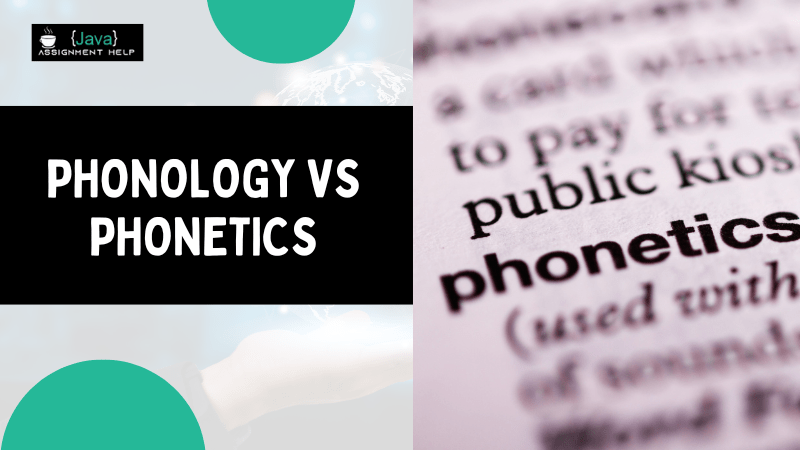
Phonology vs Phonetics: Unraveling the Sounds of Language
Language, the intricate tapestry woven with words, holds within it a complex symphony of sounds. Understanding the nuances of these sounds is an essential aspect of linguistic study, and two branches, phonology and phonetics, play a pivotal role in unraveling this auditory mystery. In this exploration, we delve into the distinctions between phonology and phonetics, dissecting their unique contributions to the study of spoken language.
Phonetics: The Science of Sounds
Phonetics serves as the foundation for understanding the physical aspects of speech sounds. It is the study of the articulation and acoustic properties of human speech. Phoneticians analyze the production of speech sounds, categorizing them based on their manner of articulation, place of articulation, and voicing. In simpler terms, phonetics is concerned with the physical manifestation of sounds – how they are produced, transmitted, and received.
Phonology: The Study of Sound Patterns
While phonetics focuses on the physical characteristics of speech sounds, phonology deals with the abstract, mental representations of these sounds within a specific language. Phonologists are interested in the sound patterns that convey meaning in a given linguistic system. They explore how sounds function within a language, investigating the rules and structures that govern the organization of sounds to create meaningful units.
Key Differences
Scope of Study:Phonetics: Physical properties of speech sounds.Phonology: Abstract sound patterns and their role in language.
Focus:Phonetics: Production, transmission, and reception of sounds.Phonology: How sounds function within a linguistic system.
Unit of Analysis:Phonetics: Individual speech sounds.Phonology: Sound patterns and their organization.
Practical Applications
Phonetics: Useful in fields like speech therapy and language technology, helping develop tools such as speech recognition software.
Phonology: Vital for language teaching and understanding dialectal variations, contributing to effective communication in diverse linguistic environments.
Conclusion
In the symphony of language, phonetics, and phonology each plays distinct yet interrelated roles. While phonetics explores the physical production of speech sounds, phonology unveils the underlying patterns that give these sounds meaning within a linguistic system. Together, they form a harmonious blend, enriching our comprehension of the diverse sounds that constitute the languages we speak.
As we unravel the intricacies of phonology and phonetics, we gain a profound appreciation for the multifaceted nature of language – a tapestry of both concrete and abstract elements that continues to captivate linguists and language enthusiasts alike.